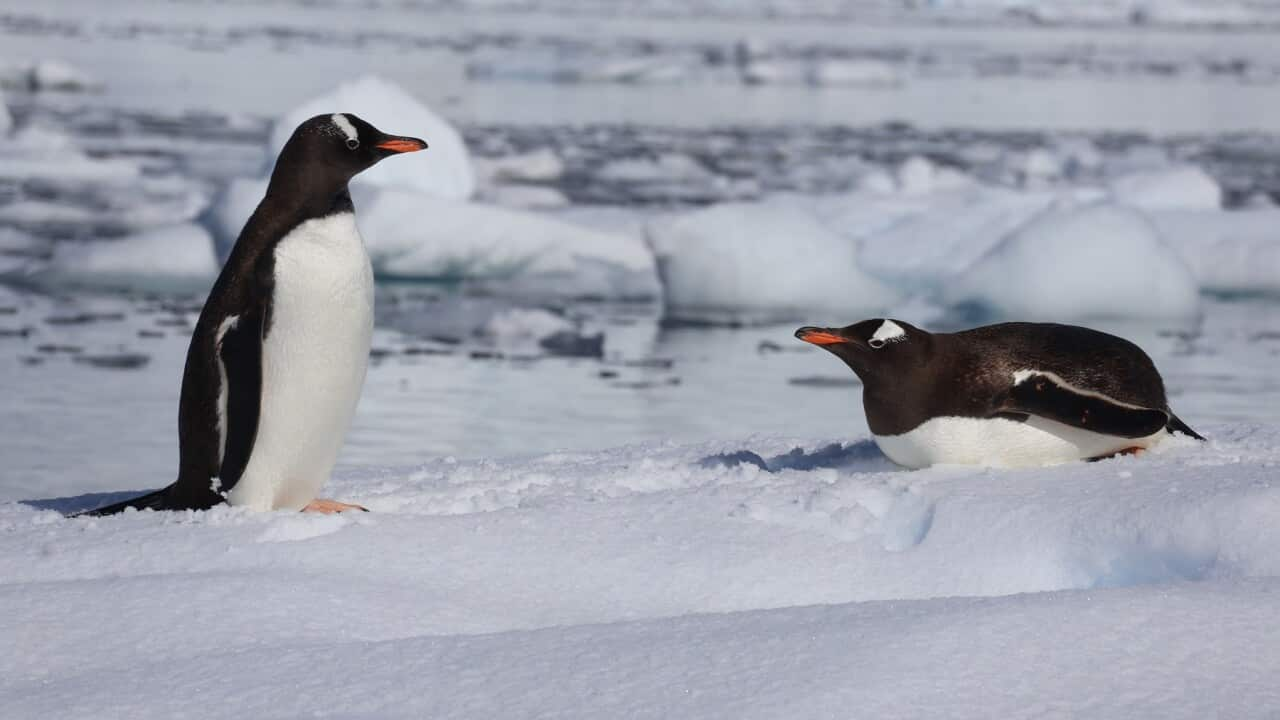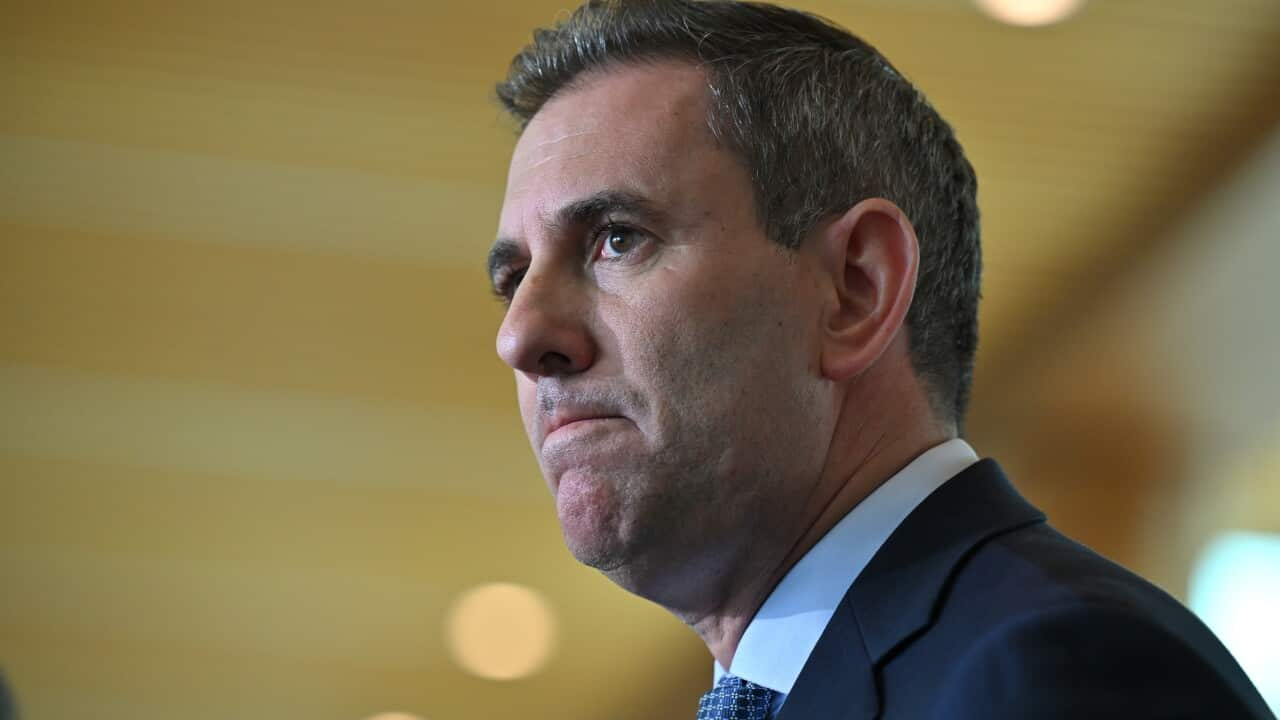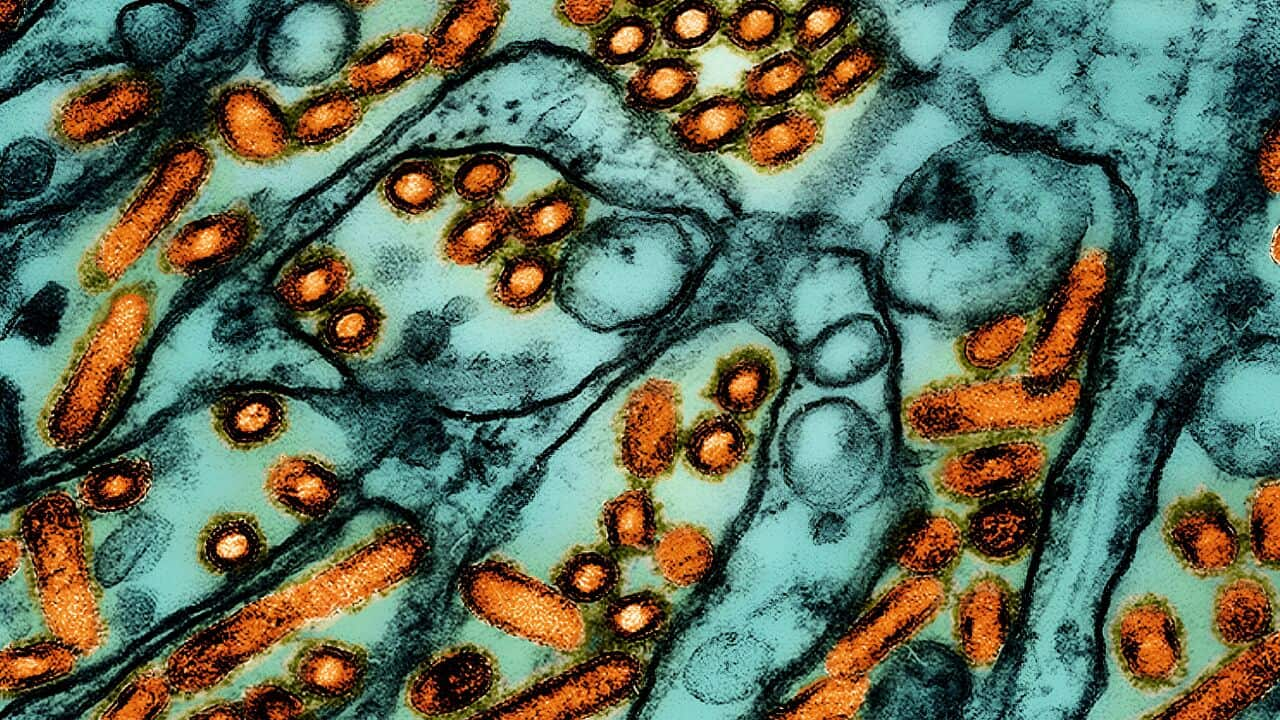TRANSCRIPT:
From beloved documentary stars...
"Aware of the leopard seal's presence, the penguins press together at the ice edge, unwilling to be the first to dive in."
...to children's entertainers...
"Just smile and wave boys, smile and wave."
...penguins remain one of Earth’s most treasured creatures.
But they're face increasing threats from the combined impact of extreme climate events.
That's according to a new study that shows all 18 species of penguins in the Southern Hemisphere may be vulnerable on our changing planet.
The study, published in Global Change Biology, analysed three decades of ocean and atmospheric data, from 1993 to 2023.
Lead author Míriam Gimeno from Spain's Institute of Marine Sciences says the data examines the habitat of penguins rather than the direct impacts on the species.
"Penguins live in Antarctica. They also live in a really unique environment. So our aim was to see which areas in the southern hemisphere are ecologically important. So we know that because we are using penguins - and are also affected by a high degree of cumulative extreme events."
The study has found that African, Snares, emperor, Adélie and Galápagos penguins are the most exposed to these extreme events.
The scientists say it's a trend that's likely to continue as the planet warms, although some species may be more capable of surviving on the changing planet.
However, Ms Gimeno says while Galapagos experience the worst frequency of climate shifts, they appear to have adapted to some degree.
"The interesting thing I would say about the Galapagos is that, yes, it is the one more affected when we look at the metrics. But also when we look at trends, it's the only penguin species that is not facing an increasing trend. So what this says to us is that actually this species is kind of used to these extreme events somehow. So that makes this species more capable to face these extreme events."
The solution, they say, is to identify high-risk areas, account for local human stressors such as fishing or tourism, and adopt flexible, adaptive management.
Professor Norman Ratcliffe is a Seabird Ecologist from the British Antarctic Survey.
He says climate change can also dramatically affect the food supply for some penguin species.
"In particular, that's operating in terms of how that affects their food availability. So krill is an important food supply for a lot of penguins. If you get loss of sea ice, you get a loss of nursery habitat for krill. And that means that less krill is dispersed out from the Weddell Sea and Ross Sea to the wider area for penguins to feed upon. And that is affecting both adelie penguins and chinstrap penguins quite severely."
Professor Ratcliffe also points out that the health of penguin populations is complex and not all species are being negatively affected by our changing environment.
"So if you look at gentoo penguins, for example, on the Antarctic Peninsula, they're actually increasing quite rapidly; as are king penguins in some parts of their range on some of the sub-Antarctic islands. Whereas other species are declining quite sharply."
Those declining populations includes that of most famous of all the species, emperor penguins.
"The available evidence does show that they're starting to decline now, which we might expect given trends in sea ice, even particularly acute declines in the last few years. And they have been associated with some mass mortalities, so the western side of the Antarctic peninsula. This was related to what you might call an extreme weather event where there was some strong westerly winds that broke up the sea ice that the penguins nest on prior to the chicks fledging. And that resulted in them falling into the water and almost certainly drowning."
The study authors suggest more work is needed to study the actual penguin populations.
But they say their research is a warning of what could happen to these lovable species if the world doesn't take serious action to mitigate the impacts of climate change.













